
But first, let’s debunk a few myths about black dogs and cats. For starters, there is no scientific basis that black cats bring bad luck. Or that black dogs seem to be more at risk for health issues.
Okay, it may be trickier to take a selfie with a black dog than one with a red-and-white coat, but it can be done.
One common belief is that dark-colored dogs and cats have a more difficult time finding homes. That may or may not be true.
“In shelters, we do tend to see black dogs and cats get overlooked by potential adopters,” says Gary Weitzman, DVM, veterinarian and president/CEO of the San Diego Humane Society. “But it may not be as significant as we once thought. There are some studies that show that there are simply more black pets because black coloration is a dominant gene. Sure, black pets can be undeservedly overlooked by adopters, but the good news is that there are wonderful people who will only adopt black pets knowing this.”
Get Them Seen
At the San Diego Humane Society’s shelters located throughout this Southern California county, the staff hosts special adoption promotions for black cats and dogs. They also reach out on social media and to the news media during such holidays as Black Friday, Black Cat Awareness Day and Black Dog Awareness Day.
The shelter also recruits professional photographers who volunteer their time and talents to photograph all their adoptable animals, with special attention given to showcase those sporting black coats.
San Diego has also lifted its policy of not allowing people to adopt black cats during the weeks leading up to Halloween. Cats of all colors are up for adoption year-round.
“The fear was that these cats would be used in satanic rituals, which is a total myth,” says Dr. Weitzman. “The results? Most of the cats were euthanized due to shelter overcrowding. Preventing hundreds of animals from finding good homes by putting up unnecessary and ineffective barriers isn’t the answer to protecting them.”
In St. Louis, the Humane Society of Missouri found a clever way to showcase black dogs.
“In 2016, we had a large number of black dogs here, so we developed the Black Dog Club,” says shelter animal behavior manager Linda Campbell, RVT, CPDT-KA, who is one of only 16 veterinary technician behavior specialists. “Everyone who adopted a black dog got a Black Dog Club t-shirt and every six months or so, we would host a get-together with Black Dog Club adopters at a park we have across the street from our shelter. Now, we no longer have a problem adopting out black dogs.”
 As for black cats, Campbell says giving clever names to adoption campaigns works. The shelter has been successful with its “Desperate House Cats Looking for Homes” (a play on the popular television shows named Desperate Housewives) and “Pick Your Price” (a play on long-running game show The Price Is Right). Adopters often receive a free bag of cat food and qualify for a free veterinary visit. Black kittens and cats up for adoption often sport pastel-colored collars to help them stand out.
As for black cats, Campbell says giving clever names to adoption campaigns works. The shelter has been successful with its “Desperate House Cats Looking for Homes” (a play on the popular television shows named Desperate Housewives) and “Pick Your Price” (a play on long-running game show The Price Is Right). Adopters often receive a free bag of cat food and qualify for a free veterinary visit. Black kittens and cats up for adoption often sport pastel-colored collars to help them stand out.
“Our volunteers are trained in our feline enrichment program,” says Campbell. “These volunteers interactive with cats and kittens in our get-acquainted rooms with battery-operated toy bugs for cats to chase. For our shy or reserved cats, we spend time helping them relax in their kennels by taking the stick end of a wand toy and wiggling it under newspaper. We have found that they are not as afraid of seeing the stick moving as the other end of the wand toy. And, we do a lot of brushing for the cats. It has helped bring out the confidence and the personalities of our cats.”
Color Coded
The walls in the dog kennels have been lightened in color to help black dogs show up better. And, to encourage these dogs to be more interactive with potential adopters, the staff has installed Snack Tracks with a how-to sign posted on each kennel that sports glass fronts, not open cage bars.
“We take a colorful PVC pipe and install it in front of the kennel and into the cage,” explains Campbell. “There is a cup with dog food next to it. Anyone passing by can drop kibble into the tube to fall into the dog’s food bowl. So, instead of the dog jumping, they stand and look at the potential adopter and then look at the bottom of the PVC pipe. Kids especially love dropping treats in. This has really helped our adoption rates.”
Equally effective has been working with photographers who know how to use proper lighting and welcoming settings to take photos of black cats and black dogs up for adoption.
“A lot of these animals have wonderful personalities and we make sure to tell their stories so that when people come into our shelter, it is the personality of that animal – not the color of his coat – that matters most to them.”
Move Along
In the Minneapolis area, the Animal Humane Society ranks as the third largest animal shelter in the United States. It actively works with shelters in the South and local rescue groups to transport black dogs and black cats to their large shelter to give them better chances of being adopted.
“We do four transports a week to Alabama, Texas and Mississippi to bring back to our shelters senior dogs, special-needs dogs and of course, black dogs,” says Mary Tan, Animal Humane Society public relations manager. “We purposely tell them not to send us their highly adoptable pets – send us the ones who need help getting adopted. About 70 percent of the ones sent to us have behavior or health or age issues.”
Tan shares the story of a black dog named Buddy who was extremely obese. The staff worked with shelter veterinarians to help this Labrador retriever shed 50 pounds and surgically remove fatty tumors. When Buddy was down to 150 pounds, they staged weekly public weigh-ins – an event covered by the local media. As he lost excess pounds, his friendly personality emerged and so did his activity level. He got adopted when he was at a healthy 98 pounds.
“The story of Buddy’s weight loss was highlighted during the television ratings sweeps, so that helped bring attention to him and black dogs,” says Tan.
Tan also sees the value of teaming up with non-pet groups in her area. She recalls the day a young man surrendered a young black cat because he could not find an apartment that permitted pets.
“This young cat was scared, cowering in the back of his cage and would not eat,” says Tan. “So, we moved him into my office and within a day, he was all over me with affection. He had also been declawed and a senior living home was looking for a declawed cat for their residents. Binx is now happy bringing joy to residents there.”
This article was reviewed/edited by board-certified veterinary behaviorist Dr. Kenneth Martin and/or veterinary technician specialist in behavior Debbie Martin, LVT.
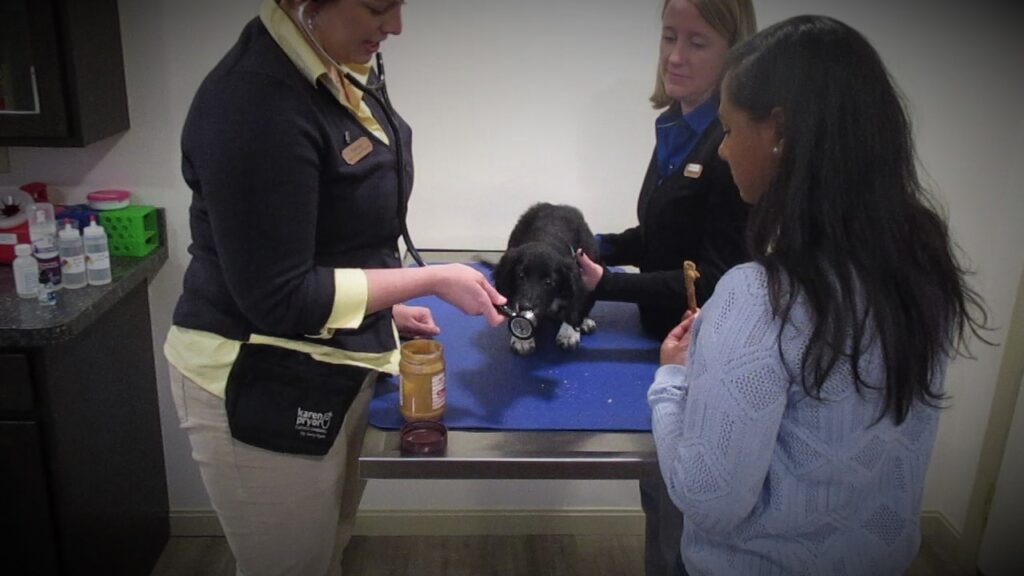


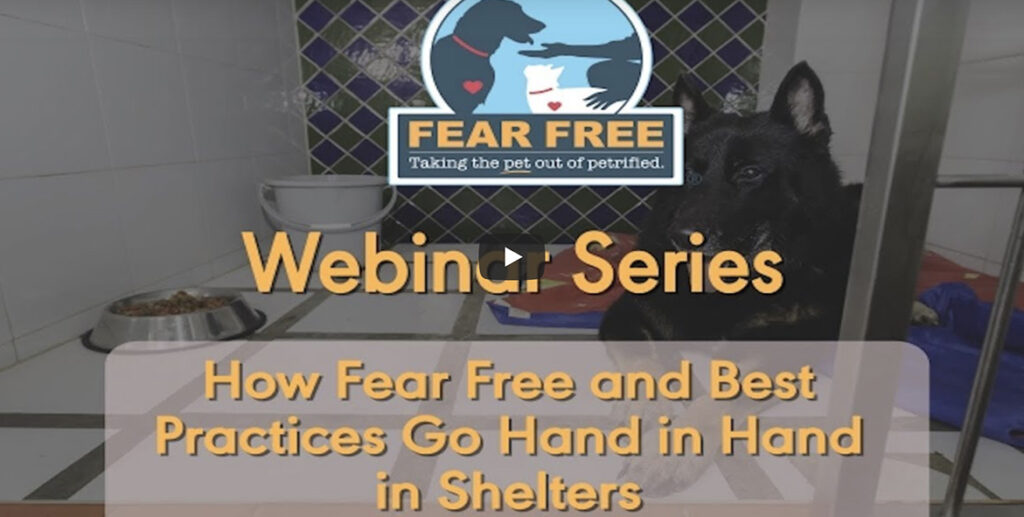
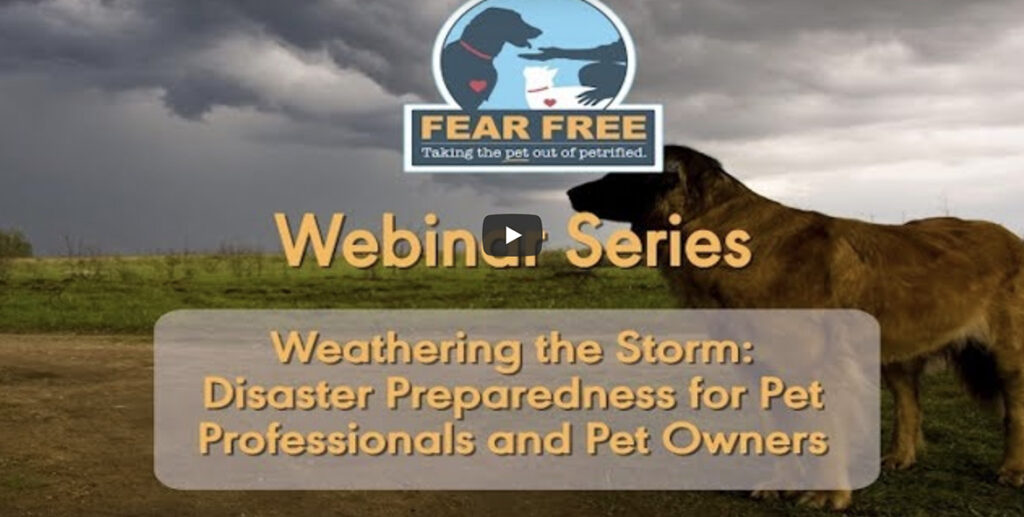
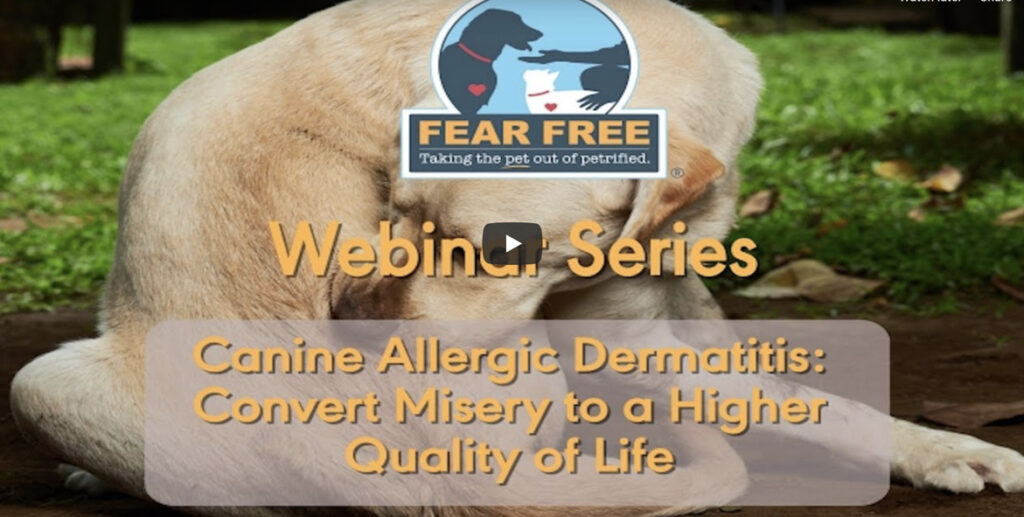
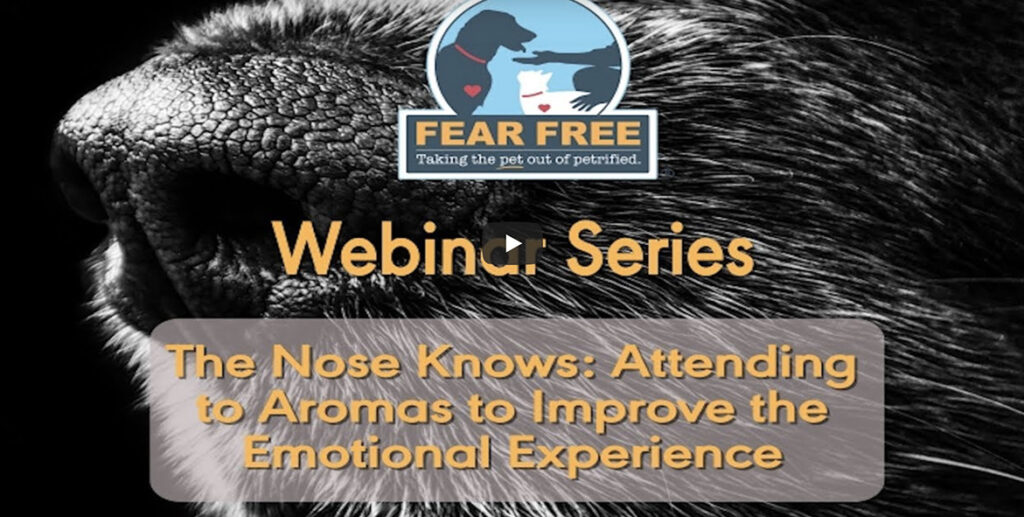

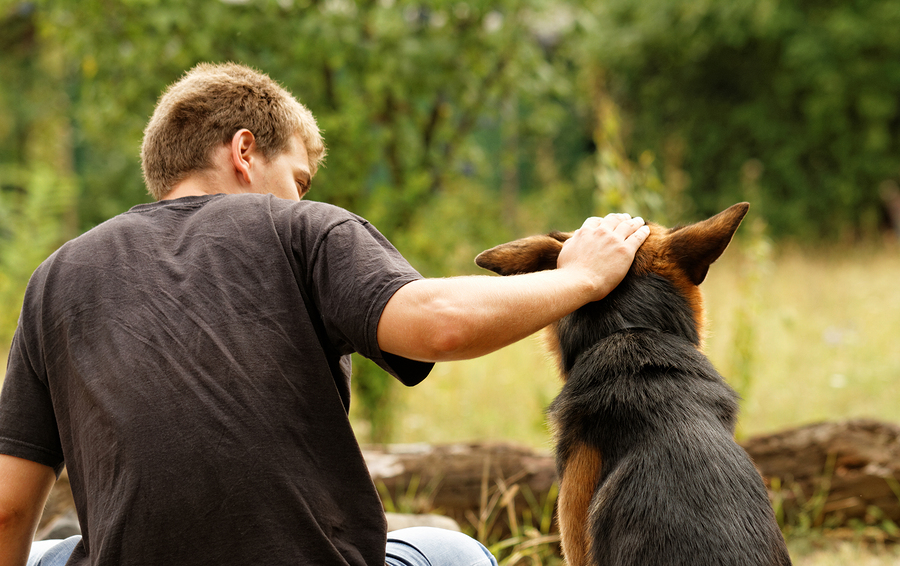
 This post is brought to you by our sponsor, Elanco, the makers of
This post is brought to you by our sponsor, Elanco, the makers of